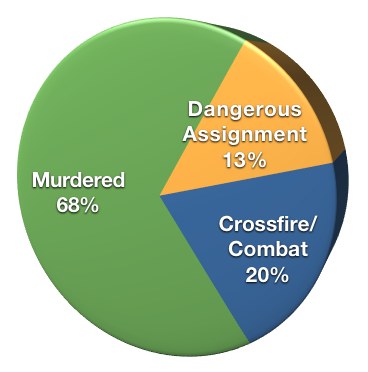We’ve put together a few documents from key national security focused agencies with their plans for the government shutdown that began today (see bottom), and a few links to various sites with other information. The Washington Post is doing a particularly solid job in assessing and communicating the impact.
Below is an example of the agency information in the Posts’s handy “Impacts of a government shutdown” interactive list.
Helpful links:
- Impact of a government shutdown on federal agencies (Post)
- OMB Furlough Guidance
- Government shutdown: What’s open, what’s closed (Post)
- Comprehensive list of Agency Contingency Plans, most downloadable PDFs (The White House)
- By the numbers: Who will be working during a shutdown (Post)
- Sortable by-agency what’s open what’s closed list from CNN.com.
- Government Shutdown | USA.gov
- Graphic: Who goes to work and who stays home (NY Times)
- Stars & Stripes coverage.
- Commissaries, which provide deeply discounted groceries to active and retired military members, will close starting Oct. 2. Find locations in your area, state and region.
- 66 Answers & Questions about the Government Shutdown.
- Alternatives to government databases that might not be accessible or updated.









 Our newest Medill National Security Zone how-to guide: Veteran investigative reporter Chris Adams of McClatchy gives advice and insights on
Our newest Medill National Security Zone how-to guide: Veteran investigative reporter Chris Adams of McClatchy gives advice and insights on